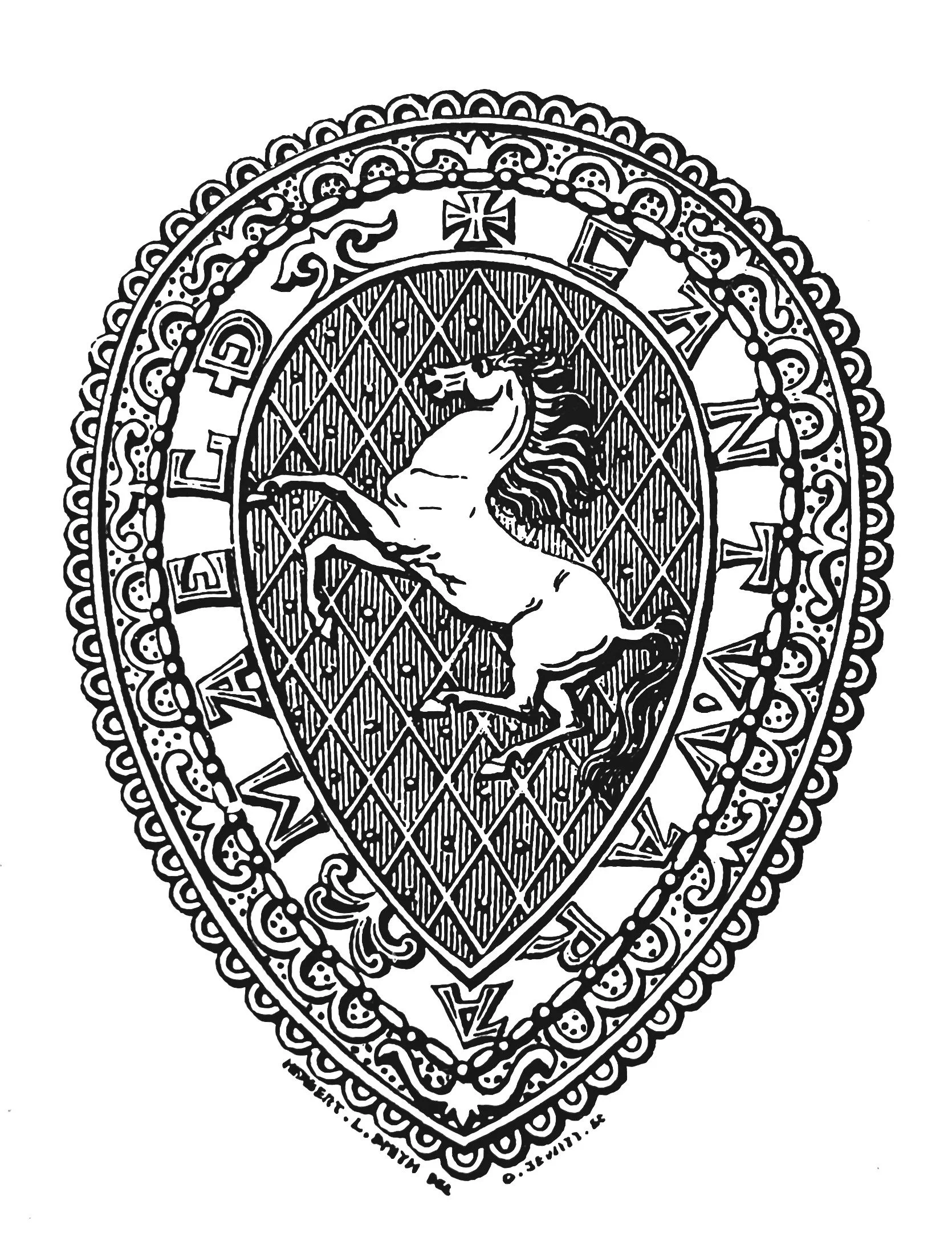KAS Newsletter, Issue 30 (Spring 1995). Maidstone: Kent Archaeological Society.
KAS Newsletter, Issue 30 (Spring 1995). Maidstone: Kent Archaeological Society.
A. P. Detsicas, 1995, KAS Newsletter, Issue 30 (Spring 1995). Maidstone: Kent Archaeological Society.
Chris Baker, Director, Dartford District Archaeological Group, 1995, KAS Newsletter, Issue 30 (Spring 1995). Maidstone: Kent Archaeological Society.
W. Tunstall Bates, Tenterden Museum, 1995, KAS Newsletter, Issue 30 (Spring 1995). Maidstone: Kent Archaeological Society.
KAS Newsletter, Issue 30 (Spring 1995). Maidstone: Kent Archaeological Society.
Iain Foreman, for Visual Records Group, 1995, KAS Newsletter, Issue 30 (Spring 1995). Maidstone: Kent Archaeological Society.
Peter Draper, Hon. Librarian, KAS Library, Maidstone Museum, 1995, KAS Newsletter, Issue 30 (Spring 1995). Maidstone: Kent Archaeological Society.
KAS Newsletter, Issue 30 (Spring 1995). Maidstone: Kent Archaeological Society.
KAS Newsletter, Issue 30 (Spring 1995). Maidstone: Kent Archaeological Society.
KAS Newsletter, Issue 30 (Spring 1995). Maidstone: Kent Archaeological Society.
KAS Newsletter, Issue 30 (Spring 1995). Maidstone: Kent Archaeological Society.


KAS Newsletter, Issue 30 (Spring 1995). Maidstone: Kent Archaeological Society.